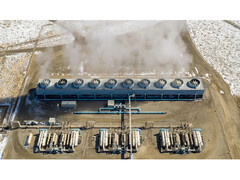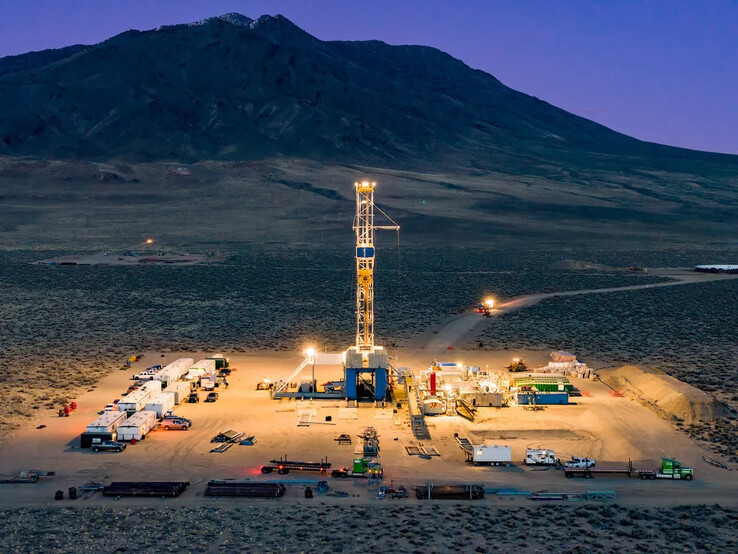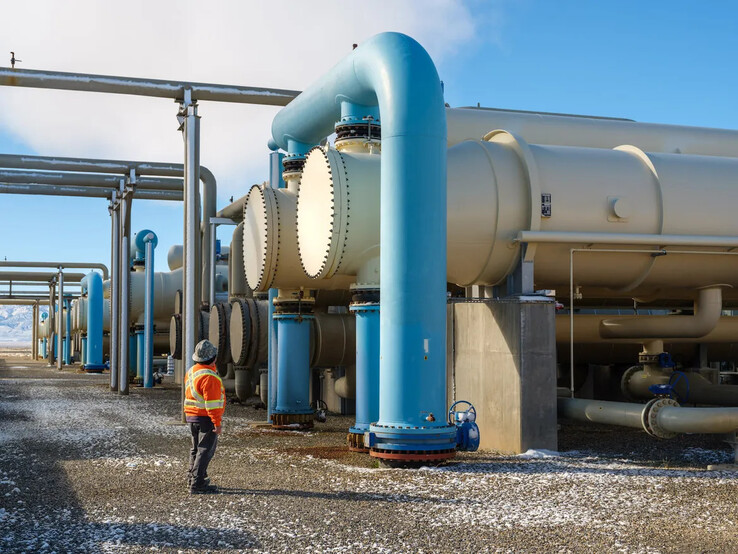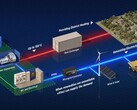The next generation of geothermal energy will serve as a carbon-free energy source to combat climate change. Google and Fervo Energy's Project Red is part of a strategy to reduce dependence on fossil fuels. The grid in Nevada, USA, is already powered by zero-carbon electricity, currently enough to supply around 2,600 homes.
When we began our partnership with Fervo, we knew that a first-of-a-kind project like this would require a wide range of technical and operational innovations. The result is a geothermal plant that can produce round-the-clock [carbon-free energy] using less land than other clean energy sources.
- Michael Terrell, Senior Director for Energy and Climate at Google
As part of this effort, another 400-megawatt geothermal power plant was commissioned in Beaver County, Utah, over the summer and will begin supplying electricity to the grid in 2026. Google plans to partner with other geothermal companies, including Project InnerSpace.
Geographical location less important than assumed
Geothermal energy is often associated with iconic natural sites such as hot springs and geysers, but has untapped potential far beyond these specific locations. Conventional geothermal energy relies on specific subsurface conditions such as heat, permeability and fluid to generate electricity, which limits its geographic reach.
However, advances in drilling technology developed by companies such as Fervo can expand the possibilities of geothermal energy. The company's innovative techniques include horizontal drilling and other methods of injecting fluids and improving the permeability of the subsurface. Unlike conventional geothermal systems, Fervo's approach is not based on searching for natural hydrothermal resources.
Instead, it focuses on identifying areas with subsurface temperatures above 150°C at a depth of 4 km that could provide significant geothermal energy capacity - estimated at around 300,000 MW. This new method makes geothermal energy more scalable by prioritising temperature over other specific conditions, and could provide more than 250,000 MW of 24/7 carbon-free energy in the US.
Geothermal energy leaves the niche
Although geothermal energy began in the US in the 1890s, its growth has been limited. Problems such as low demand, difficult drilling and a lack of political support have meant that it accounts for just 0.4% (3.7 gigawatts) of the US electricity mix. However, California's growing demand for clean, consistent energy has revived interest in geothermal.
According to the US Department of Energy, geothermal energy could provide 90 gigawatts of power to the US grid by 2050. Now, geothermal is poised for a new beginning, driven by innovation, growing demand and political support.
How much does geothermal energy cost?
Energy affordability has become an important issue following the Russian invasion of Ukraine. Geothermal energy has long been considered expensive, but according to Fevo Energy, it is already cheaper than comparable methods of power generation. With support from the US Department of Energy, the cost of geothermal energy is expected to fall further this decade. Unlike wind and solar, geothermal provides a continuous supply of electricity, making it more competitive. The Department's funding aims to reduce costs by 95% by 2035, making geothermal an even more cost-effective, CO2-free energy source.
Safety
Unlike fossil fuel extraction, next-generation geothermal energy production offers economic opportunities for local communities without the typical environmental impacts of oil and gas extraction. By using binary cycle power plants and simpler stimulation techniques, Fervo minimises environmental impact by avoiding steam and greenhouse gas emissions. The company is also creating green jobs for former oil and gas workers to support a just transition to clean energy.


















